
Performance Analysis
As ever, the 3DMark results set the tone for what can be expected from the rest of the performance results. Boosting to between 1,784MHz and 1,809MHz under sustained load, the GTX 1080 Mini offers the same sort of speed you'd see from a Founders Edition card. As such, it slots into the charts beneath GTX 1080s with heavier factory overclocks but comfortably ahead of GTX 1070 cards. Even the Palit GTX 1070 GameRock Premium Edition, which has a massive core overclock, is beaten by the GTX 1080 Mini by between 10 and 13 percent in 3DMark.In actual games, the Zotac GTX 1080 Mini typically only loses out to faster GTX 1080 cards by 1-2 fps. Performance is excellent, regardless of whether we use DirectX 11, DirectX 12, or Vulkan titles, and why wouldn't it be? After all, besides the Titan X Pascal, this is the fastest consumer GPU out there. The card is capable of achieving smooth frame rates even at 4K with maximum settings, although more punishing/less optimised games like Deus Ex and Fallout 4 do push it a little beyond its limits. Still, if you can live with running at high settings instead of ultra, this is most definitely a 4K capable graphics card.
One benefit of being a smaller card is lower power consumption. Our total system power consumption of 322W is clear proof of the Pascal architecture's outstanding efficiency. Again, it isn't especially surprising. As we discovered when overclocking, the card does appear to be quite heavily power-limited, likely as a means of preventing overheating and excessive noise – a very good idea, to be sure. In fact, with an extra 300MHz applied to the core and the memory running at 11Gbps, power consumption still only peaked at 331W.
The temperature reading really surprised us: The GPU was kept below 60°C throughout testing, giving us a delta T reading of 43°C. Now, we were testing on a fairly cold day, but even so this is a brilliant result – we had to double-check it to be certain. As you might expect, the fans were louder than they were on other larger GTX 1080s we've played with, but they weren't loud in and of themselves. Spinning up to about 1,500 RPM, the sound was more of a quiet hum than anything distracting, and in a system not designed specifically for low noise, you'd be hard pressed to hear them, depending on how close you sit to your PC. When idle, the card's fans drop to their lowest available speed, which is 37 percent (approximately 1,150RPM), at which point the card is almost impossible to hear in a normal system. Even better news is that when we manually limited the fans to this minimum speed, the delta T only went up to 47°C, although the average boost speed did also drop by about 30MHz or so.
Conclusion
The Zotac GTX 1080 Mini offers all the power of a Founders Edition card in a smaller, quieter, cooler package. The best available information we have for pricing, meanwhile, points to it being one of the least expensive GTX 1080s around. Now, you won't be getting a lot of change from £600, so we're not for a moment saying that this is an affordable piece of hardware for most people, but as far as GTX 1080s go, it's hard not to be impressed. No, you don't get a hefty overclock, but performance is still excellent. Absent too are features like RGB LEDs and semi-passive cooling, but we're sick to death of the former, and while the latter point does irk us, the card is very quiet when idle anyway.In short, it's a great little card. Many mini-ITX cases these days are built to accommodate full-length cards, but being this size will still prove advantageous in a number of scenarios, even if it just means being able to accommodate extra cooling or other components. It's an easy recommendation for anyone seeking a no-frills GTX 1080 or looking to build a pocket rocket PC. Now, who wants to make a water block for that tiny PCB?


MSI MPG Velox 100R Chassis Review
October 14 2021 | 15:04

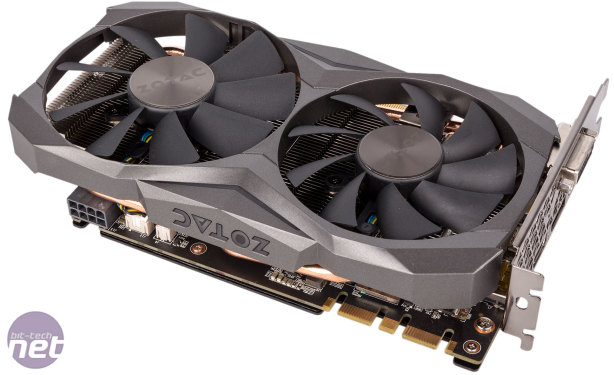
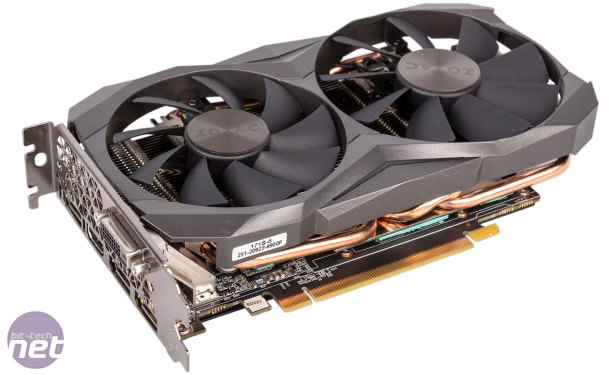
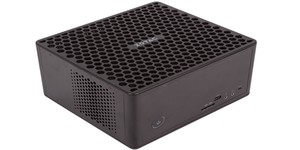
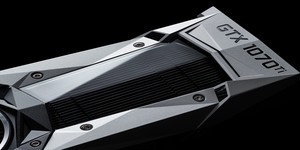
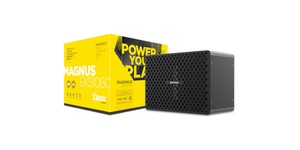




Want to comment? Please log in.